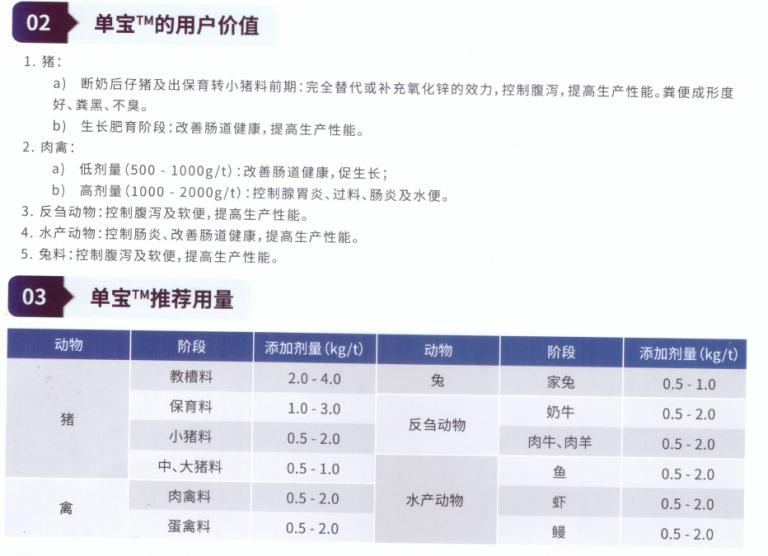intestinal astringent
anti-gastrointestinal virus
Tannins for feeding
Tanica
A – tasteless, non-irritating feeding ellagic acid protein (50%)
1. No astringent taste, no skin irritation feeding tannin preparation
2. Plant astringents of zinc oxide type, regardless of animal species, stage and dosage.
3. Astringent control of diarrhea, improve intestinal health, improve production performance
4. The only feeding anti-gastroenteric viral agent (anti-gastroenteritis overfeeding, enteritis, water stool, etc.)
01 The main active ingredient of tannic acid tannin M: ellagic acid protein
Tannic acid (also known as tannins, ellagic acid) is – – a group of polyphenolic substances from different plants, with astringent, antibacterial, antiviral, and
Various biological activities such as insect repellent, deodorant, antioxidant, etc. Feeding Tannin T” is based on selected tannins, wells and proteins by the technical team of Interset.
Odorless and non-irritating tannic acid preparations made by special chemical processes.
Table 1 Comparison of the characteristics of different types of tannic acid products
| Product |
Plain extracted tannins |
Tannic acid protein |
Coated tannins |
| Main process |
Tannin-rich plant
Material extracted and dried |
by a special chemical
Reaction process preparation |
Fatty packet material wrapping |
| Taste |
Astringent |
Tasteless |
Astringent |
| High dose additive vs.
Effects of food intake |
Reduced foraging |
No impact |
Reduced foraging |
| sticky hands and skin irritation |
A stimulant, |
Non-irritating |
Partial improvement |
| Feed soaked water discolored |
Change |
No discoloration |
Change |
| Application cost/performance |
in |
High |
Low |
02 User value of tannins for feeding
1. Pig:
a) Post-weaning piglets and pre-conservation to piglets: complete replacement or supplementation of zinc oxide, control of diarrhea, improve production performance. Good, dark feces. No odor.
b) Growing Fertilizer Stage: Improve intestinal health and improve production performance.
2. Meat and poultry:
a) Low dose (500 – 1000 g/t): improves gut health, promotes growth;
- b) High dose (1000 – 2000 g/t) :Control of gastroenteritis, overfeeding, enteritis and watery stools.
3. Ruminants: control of diarrhoea and soft stools to improve production performance.
4. Aquatic animals: control of enteritis, improvement of intestinal health and enhancement of production performance.
5. Rabbit material: control diarrhoea and soft stool, improve production performance.
03 Recommended dosage of tannins for feeding
| Animal |
Phase |
Additive amount (kg/t) |
Animal |
Phase |
Additive amount (kg/t) |
| Pigs |
Teaching the trough |
2.0-4.0 |
Rabbit |
House Rabbit |
0.5-1.0 |
| Conservation materials |
1.0-3.0 |
Ruminants |
Cows |
0.5-2.0 |
| Piggy stuff |
0.5-2.0 |
Beef cattle, meat sheep |
0.5-2.0 |
| Medium and large pig stock |
0.5-1.0 |
Aquatic animals |
Fish |
0.5-2.0 |

